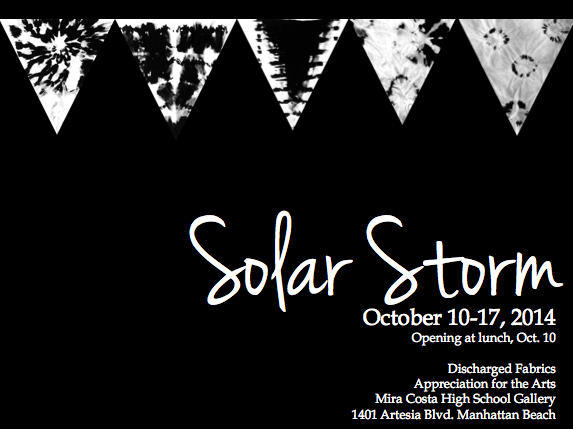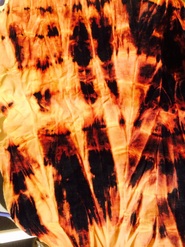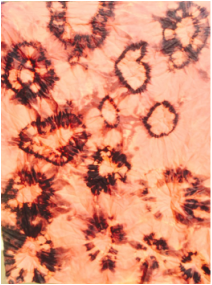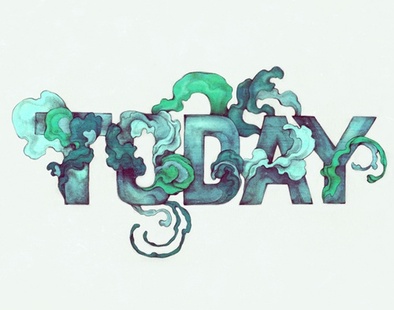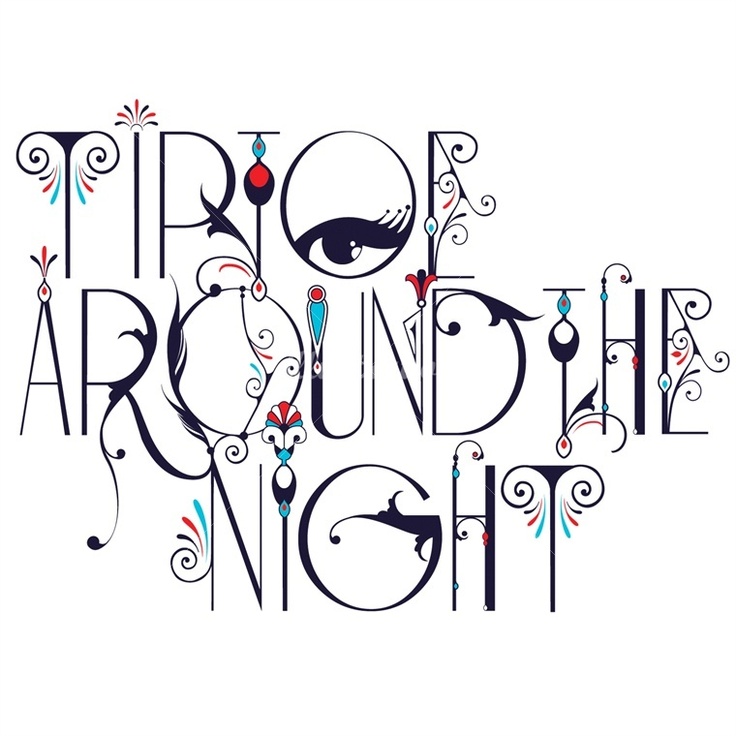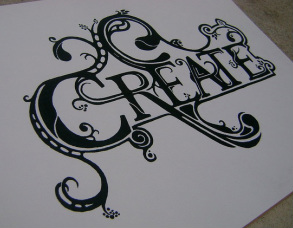FANTASY WORLDS |
Ideas |
|
Create a new and original world filled with original creatures or creature. You’ll create the look of this world and write a creative story to go with it.
Artworks: 2 artworks to go side by side, 2 different views of this world with your creatures. Materials: Watercolors and colored pencils. Step 1: Define a world. What kind of world do you want? (outer space on new planet, another dimension, secret world in the forest, underwater…) Step 2: Define a vibe. Is this world focused on nature, laid back, dangerous but exciting, peaceful, super futuristic, whimsical, playful…? Step 3: Create a culture. What kinds of creatures populate this world? What are the personalities of your creatures? Do they have a special craft or talent? How do they dress, if at all? Are they dangerous? Are they super cutsie? Is it special when they are “born”? How and what do they eat? What kind of habitat do they live in? Are they magical in any way? How do they interact with each other? Do they have any special rituals/moments they share? Do they have a leader? What is this leader like? How does he/she/it become the leader? Step 4: Brainstorm. Create some brainstorm sketches of this world. Focus in on what this world may look like. Terraform your world. Step 5: Brainstorm some more. Create some brainstorm sketches of your creatures. What are they going to be doing in their world? Create 3 different “poses” for your creature (frontal, profile, back or ¾ profile). Step 6: Put it together Place your creature into their world. How are they interacting with their world? Do they look like they belong there? Step 7: Write Write a creative story. Name your world! Address how this world came to be. Is there history? What are these creatures? Address the questions in step 3. Fully describe the world your creatures live in. How does it feel to live there and be a part of this world? What makes is special. Why is there a story to tell? The more unique your writing and world is, the more interesting it will be to tell. *SAVE ALL OF YOUR WRITINGS, BRAINSTORM SKETCHES, AND IDEAS. DON’T THROW THEM AWAY OR SCRATCH THEM OUT. WE WANT TO PUT IT ALL TOGETHER AT THE END AND SEE HOW YOUR WORLD/CREATURES GROW. |
Discharging Fabric - Fiber ARts
Check out Ms. Park's story on Steller (Get the free app from your app store.)Bring in black cotton fabric. Any kind of poly blend, acrylic or spandex will not work. Wool and silk will break down and deteriorate too much in bleach. *Might be a cool effect though.
Look up different types of shibori or discharging techniques. Pinterest is a great place to start! <<< Discharging is a technique but you need to figure out what you want to create with the fabric. I will provide you with one yard of black fabric. You can bring different types of fabric or even denim to supplement. *DO NOT wear anything you like. NO BLACK or denim! Bring an apron if you wish. I will provide gloves and masks. |
Student Artist video
|
Stop motion presentation on Greer LanktonBy: Brenda Quintero, Fall '14
|
Sculpture Presentations
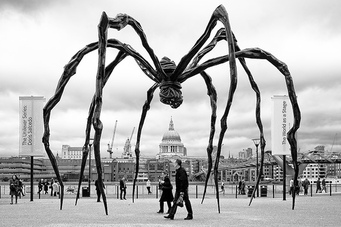 Maman, Louis Bourgeois
Maman, Louis Bourgeois
Basics
artist...
- Presentation must be at least 7 minutes
- Work in pairs (2) or you can present individually as well, if you wish.
- NO WORDS ON “SLIDES”, meaning, you shouldn't have entire paragraphs or a whole page of
artist...
- Memorize your presentation
- KNOW your artist and the artworks. You can use the Feldman’s Model that we learned earlier in the year to talk about artworks.
- DO NOT USE POWERPOINT OR PREZI (unless you get super creative with it and make interactive somehow)- push your creativity to find an alternative way of presenting J A lot of the evaluation will be how exciting and relatable your presentation is. So the more enthusiastic the better!
- So is Stellar - Haiku Deck - Flowboard - Tackk (Similar to StoreHouse) - Create a website using wix.com (examples to the right >>)
|
Really great examples online of student's presentation:
Christo by Maya, Brooke, and Amy (Tumblr) Roy Lichtenstein by Anthony and Lillian (wix.com) Nick Cave by Anthony, Lillian, and Kit (wix.com) Example of a Tackk presentation |
Evaluation
20 points: Quality and use of alternative presentation other than Prezi or PowerPoint, unless it’s something we’ve never seen before on Prezi or ppt.
30 points: Research and knowledge of your artist and artworks. Do you have thoughtful insight about the artworks?
25 points: Your presentation, equal time to all group members, logical organization
-eye contact, knowledge of artist and artworks, clear voice, posture, interest
10 points: quality of pictures and the number of pictures for us to view during your presentation
(include ones of the artist, their studio, the artist working, their actual artwork, where it’s displayed…)
15 points: Wraps up presentation (conclusion- doesn’t just say, “that’s it”.)
20 points: Quality and use of alternative presentation other than Prezi or PowerPoint, unless it’s something we’ve never seen before on Prezi or ppt.
30 points: Research and knowledge of your artist and artworks. Do you have thoughtful insight about the artworks?
25 points: Your presentation, equal time to all group members, logical organization
-eye contact, knowledge of artist and artworks, clear voice, posture, interest
10 points: quality of pictures and the number of pictures for us to view during your presentation
(include ones of the artist, their studio, the artist working, their actual artwork, where it’s displayed…)
15 points: Wraps up presentation (conclusion- doesn’t just say, “that’s it”.)
|
Artists
· You will be assigned one of the following artists: o Louise Bourgeois o Alexander Calder o Edgar Degas o Christo o Richard Serra o Jeff Koons o Judy Chicago o Andy Goldsworthy o James Turrell o Andrea Zittell o Kiki Smith o Ai Wei Wei o Tim Hawkinson o Maya Lin o An artist of your choice, pending approval from Ms. Park |
Questions
*Even though many of these artists produces art in different types of medium, please focus on sculpture and installations. · Choose at least 3 main artworks to talk about -describe, interpret, analyze, and evaluate each · How did the artist start in his or her field? BRIEF biography. We don’t need to know his/her parents. · How do the artist’s experiences influence his/her work? · Does the artist work in themes? · What kind of artist is he/she? (fiber sculpture, installation, public works…) · What types of materials are the artworks made of? · What techniques are used to create the sculptures? 4 basic techniques: carving, casting, modeling, assembling · What are the artworks about? · What makes this artist significant? · What are audience/viewer reactions to the artist’s work? · You may include any other relevant information. These questions are just suggestions and may or may not be relevant to your artist. |
|
^ New slides added at the very end: quick history of writing and more examples.
|
